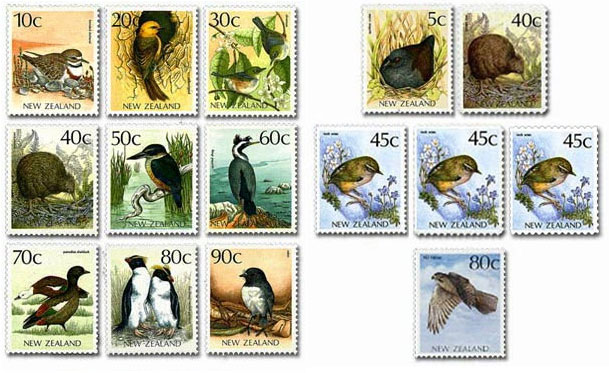The mosquito-borne disease avian malaria (Plasmodium spp.) has impacted both captive populations and wild individuals of native New Zealand bird species. However, whether or not it is a cause of concern to their wild populations is still unclear. In Hawaii, the disease has been a major factor in the population declines of some native forest bird species, often limiting their elevational distribution due to an inverse relationship between force of infection and elevation. While studies have investigated latitudinal patterns of infection in New Zealand, elevational patterns are unexplored. To address this, a survey was conducted in Nelson Lakes National Park, a site experiencing native bird declines in which disease has been suggested as playing a role, to investigate whether there is a similar inverse relationship in New Zealand. Results from blood samples (n = 436) collected over three seasons across a broad elevational range (650–1400 m) support there being such a relationship. In addition, an overall higher prevalence in non-native (14.1%) versus native birds (1.7%) may indicate differential impacts on these two groups, while particularly high prevalence in non-native Turdus spp. supports previous suggestions that they are key reservoir hosts for the disease. Overall, these findings add weight to the hypothesis that avian malaria is playing a role in ongoing declines of native New Zealand birds,
Source:
Niebuhr CN, Poulin R, Tompkins DM (2016) Is Avian Malaria Playing a Role in Native Bird Declines in New Zealand? Testing Hypotheses along an Elevational Gradient. PLoS ONE 11(11): e0165918. doi:10.1371/journal.pone.0165918
http://journals.plos.org/plosone/article?id=10.1371/journal.pone.0165918

- Login om te reageren
